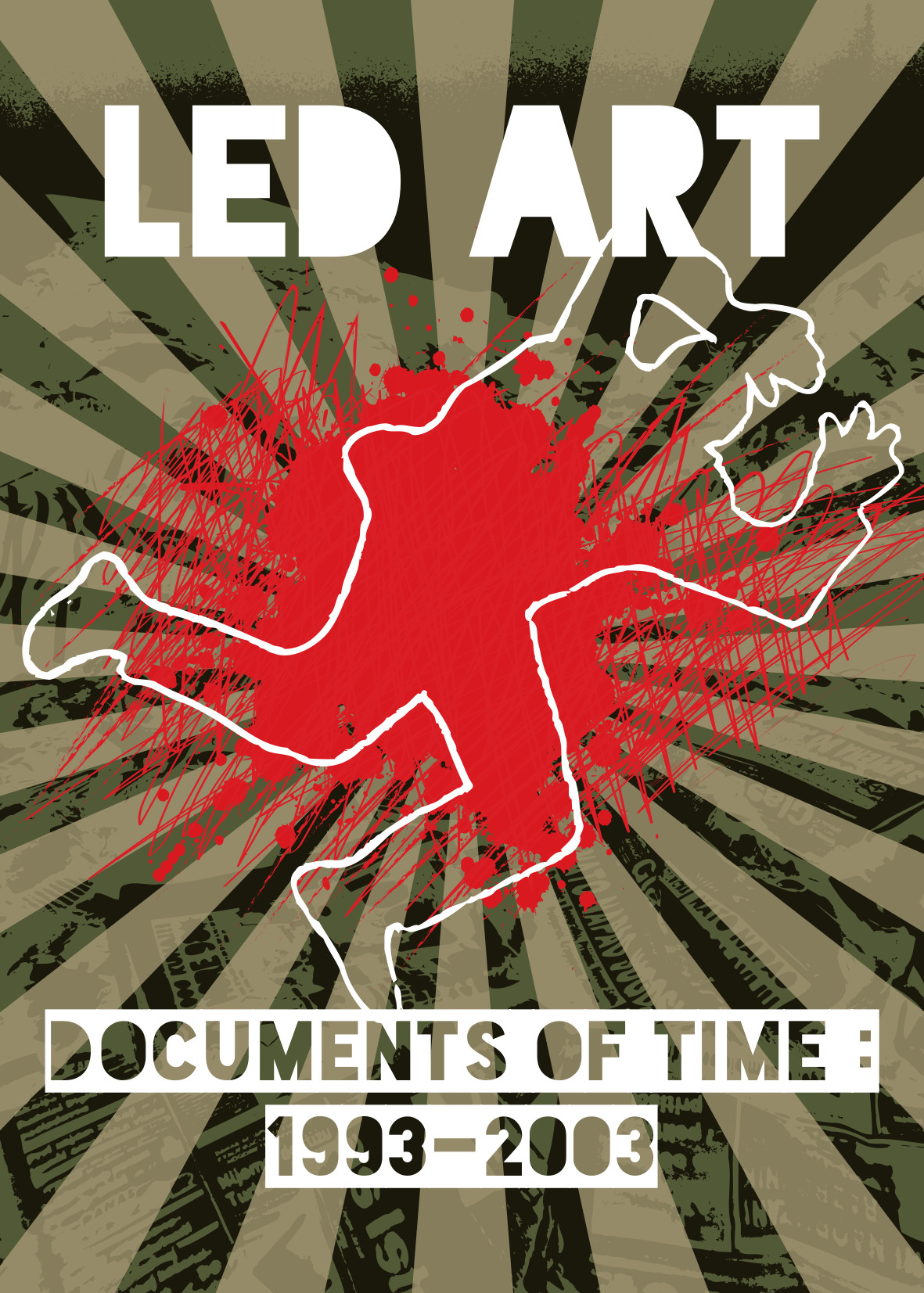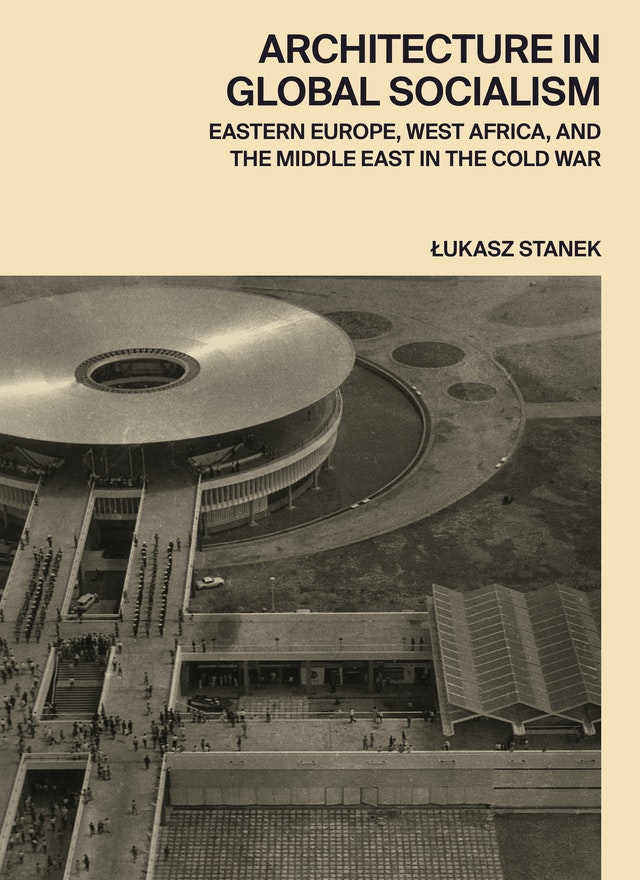Led Art: Documents of Time: 1993-2003 (2020)
Filed under book | Tags: · 1990s, art, politics, protest, serbia, social movements, socially engaged art, war, yugoslavia

“In an extraordinary socio-political turmoil that shoved Yugoslavia into a war and complete international isolation during the 1990s, activity in culture and the arts was one of possible ways to survive and not be drowned in cataclysmic reality. Under those circumstances, in 1993 painter Nikola Džafo has found Led Art (Ice Art) group. Its projects bear the epithet of engaged art that resisted the regime of Slobodan Milosevic. Led Art gathered more than 300 individuals in close to fifty projects during the ten-year activity period: artists, sociologists, art historians, journalists, scientists. This book covers the activities of the group and the chronology of the social and political events in the former Yugoslavia.”
Translated by Goran Mimica and Svetozar Poštić
Publisher Multi-media center Led Art, Novi Sad, 2020
ISBN 9788690537570
254 pages
via Struron
PDF (23 MB)
Comment (0)Łukasz Stanek: Architecture in Global Socialism: Eastern Europe, West Africa, and the Middle East in the Cold War (2020)
Filed under book | Tags: · architecture, cold war, eastern europe, global south, history of architecture, housing, middle east, socialism, soviet union, vernacular architecture, yugoslavia

“In the course of the Cold War, architects, planners, and construction companies from socialist Eastern Europe engaged in a vibrant collaboration with those in West Africa and the Middle East in order to bring modernization to the developing world. Architecture in Global Socialism shows how their collaboration reshaped five cities in the Global South: Accra, Lagos, Baghdad, Abu Dhabi, and Kuwait City.
Łukasz Stanek describes how local authorities and professionals in these cities drew on Soviet prefabrication systems, Hungarian and Polish planning methods, Yugoslav and Bulgarian construction materials, Romanian and East German standard designs, and manual laborers from across Eastern Europe. He explores how the socialist development path was adapted to tropical conditions in Ghana in the 1960s, and how Eastern European architectural traditions were given new life in 1970s Nigeria. He looks at how the differences between socialist foreign trade and the emerging global construction market were exploited in the Middle East in the closing decades of the Cold War. Stanek demonstrates how these and other practices of global cooperation by socialist countries—what he calls socialist worldmaking—left their enduring mark on urban landscapes in the postcolonial world.
Featuring an extensive collection of previously unpublished images, Architecture in Global Socialism draws on original archival research on four continents and a wealth of in-depth interviews. This incisive book presents a new understanding of global urbanization and its architecture through the lens of socialist internationalism, challenging long-held notions about modernization and development in the Global South.”
Publisher Princeton University Press, Princeton, NJ, 2020
ISBN 0691168709, 9780691168708
368 pages
Reviews: Gregor Harbusch (BauNetz, 2020), Alexander Adams (The Critic, 2020), Owen Hatherley (The Guardian, 2020).
Interview with author (Hilde Heynen & Sebastiaan Loosen, Architectural Histories, 2019)
PDF (55 MB, updated on 2021-4-13)
Comment (0)Southern Constellations: The Poetics of the Non-Aligned (2019) [Slovenian, English]
Filed under catalogue | Tags: · colonialism, non-aligned movement, politics, yugoslavia

“This catalogue emphasises the ideas, ideals and principles of the movement, particularly in close connection with its cultural policies and place them in a contemporary context with the question: Could there be a non-aligned contemporaneity? And if so, what would it be like? However, the topics covered in the exhibition are not to be considered some kind of exoticism of the past, nor do they harbor nostalgia for the movement itself. Instead, the focus is on the way the “southern constellations” envisioned forms of politics that took as their starting point the life of peoples and societies that had been forcibly relegated to the margins of the global economic, political and cultural system. Struggles against poverty, inequality, and colonialism in the world system coupled with transnational solidarity which took many concrete forms could be included in a reconsideration of the history and legacies of the NAM today.”
Edited by Tamara Soban
Publisher Moderna galerija, Ljubljana, 2019
ISBN 9789612061371 (EN)
188 pages
English: PDF, PDF
Slovenian: PDF, PDF

